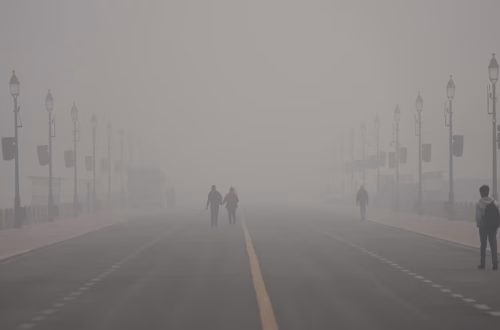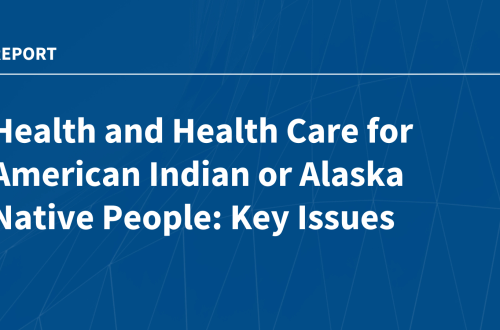Article Summary
A study by Nanyang Technological University, Singapore (NTU Singapore) reveals that Southeast Asia could prevent up to 36,000 ozone-related premature deaths annually by 2050 through stricter air pollution controls. The research highlights the health risks of ground-level ozone, which exacerbates respiratory and cardiovascular diseases, particularly among vulnerable populations. By analyzing pollution data and atmospheric models, the study emphasizes the need for targeted emission reductions of nitrogen oxides (NOₓ) and volatile organic compounds (VOCs) to mitigate ozone formation. The findings underscore the urgent need for robust air quality management policies in the region.
What This Means for You
- Health Protection: Stricter air pollution controls can significantly reduce respiratory and cardiovascular diseases, improving overall public health.
- Policy Advocacy: Support and advocate for policies targeting NOₓ and VOC emissions in urban and rural areas to lower ozone levels.
- Personal Action: Reduce your carbon footprint by using public transport, supporting clean energy, and minimizing the use of VOC-emitting products.
- Future Outlook: Without immediate action, rising fossil fuel consumption could lead to a 33,000 increase in annual ozone-related deaths by 2050.
People Also Ask About
- What causes ground-level ozone? Ground-level ozone forms when NOₓ and VOCs react in sunlight, primarily from vehicle emissions, industrial processes, and energy generation.
- How does ozone affect health? Prolonged exposure to ozone can worsen asthma, heart disease, and other chronic conditions, leading to premature death.
- Which regions are most affected by ozone pollution? Urban centers like Singapore, Jakarta, and Bangkok are highly impacted, while rural areas like Kalimantan are more sensitive to NOₓ emissions.
- What are effective strategies to reduce ozone pollution? Strategies include stricter industrial regulations, enhanced transport policies, and curbing emissions from shipping and biomass burning.
- How does climate change influence ozone levels? Climate change can exacerbate ozone formation by increasing temperatures and altering weather patterns, making mitigation efforts even more critical.
Expert Opinion
Associate Professor Steve Yim, lead author of the study, emphasizes that ozone reduction requires precise regulation of its precursors, NOₓ and VOCs, rather than direct removal. He highlights the unique challenges of ozone formation in Southeast Asia’s tropical climate and underscores the importance of region-specific strategies to protect public health and improve air quality.
Key Terms
- Ground-level ozone health risks
- Air pollution control measures Southeast Asia
- Nitrogen oxides (NOₓ) emissions
- Volatile organic compounds (VOCs) reduction
- Ozone-related premature deaths prevention
- Urban air quality management
- Climate change and ozone pollution
ORIGINAL SOURCE:
Source link




